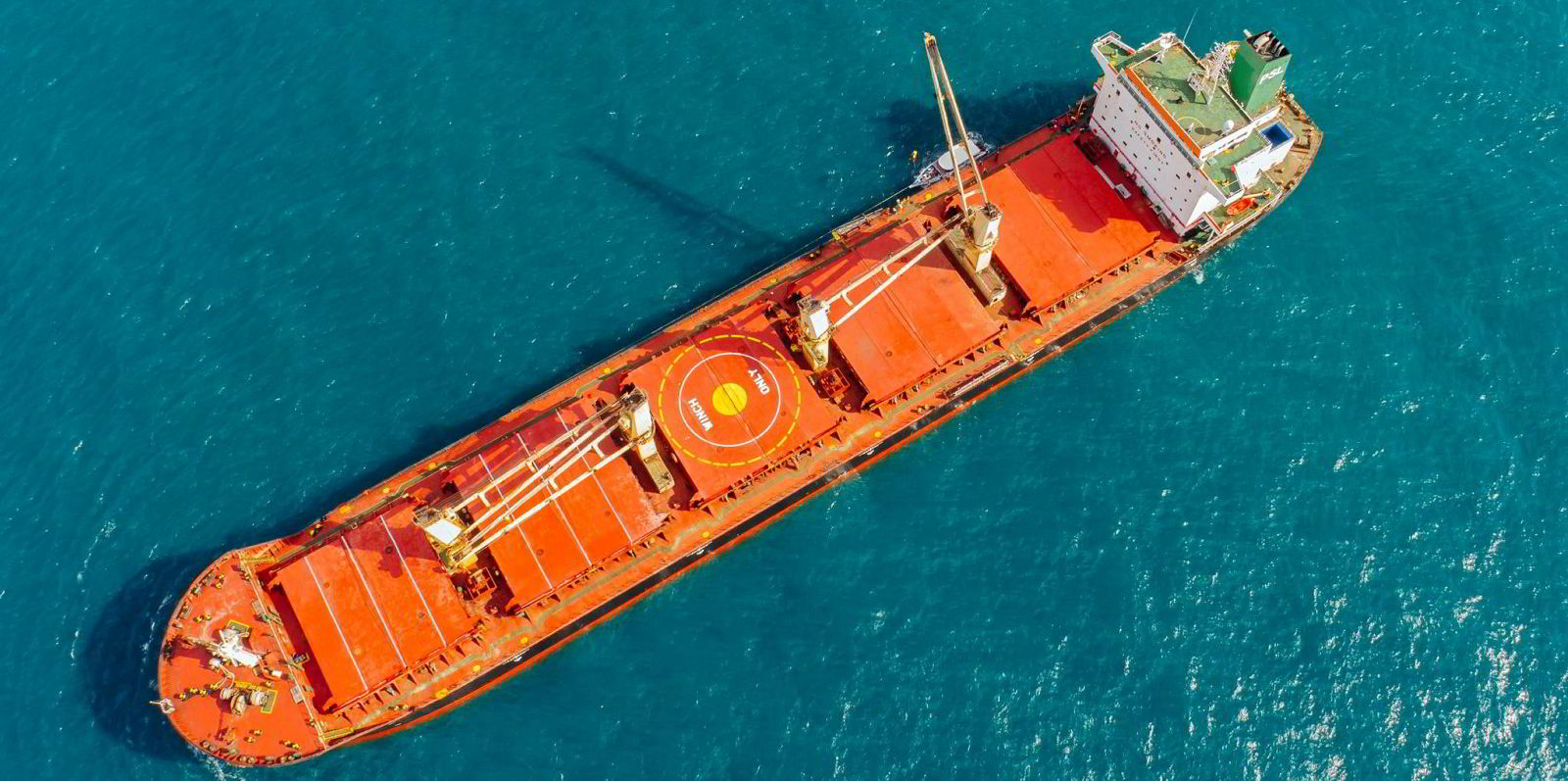Precious Shipping has reported a 14-year high net profit for 2022 despite the slump in dry cargo markets in the second half of the year.
Net profit at the Khalid Hashim-led shipowner was $138.6m, against the $132.7m seen in the year prior, figures released on Monday show.
The strong performance was achieved despite fourth quarter net profit slumping to $17.1m, against the $52.7m achieved in the last three months of 2021.
Precious said its ships earned an average of $13,343 per day during the fourth quarter and an average of $19,924 per day for the whole year.
The highest earnings per day per ship during the fourth quarter and the full year at the Bangkok-listed owner were $36,948 and $52,816, respectively.
“In the first half of 2022, the dry bulk freight market saw an uptrend, but rates softened in the latter half of the year due to an increase in US interest rates, a worsening property sector in China and lower cargo flows out of Ukraine due to the Russia-Ukraine war,” Precious said.
The average vessel running cost per day per vessel decreased from $5,090 in 2021 to $4,895 in 2022, primarily due to lower dry-docking and special survey expenses.
However, absolute vessel running expenses in Thai baht terms, increased by about 12% due to the depreciation of the Thai baht against the US dollar.
At the end of 2022, the Precious fleet numbered 38 ships — eight ultramax, nine supramax and 21 handysizes — with an aggregate capacity of 1.65m dwt.
In May, the shipowner made a rare excursion into the secondhand market, picking up two modern handysize bulk carriers acquired from Norway’s Njord Shipping for $51m.
The 35,900-dwt geared bulk carriers Nordic Busan (built 2018) and Nordic Seoul (built 2017) were acquired for $26m and $25m, respectively.
The company said it bought the two ships as part of its strategy to “capture the current robust market conditions” and to have a more fuel-efficient fleet.
“In a highly capital-intensive business characterised by high leverage and unpredictable and volatile cycles, the timing of the purchase of ships is possibly the single most important decision that must be made,” it said on Monday.
Looking ahead, Precious said the environment for 2023 is going to be characterised by “extreme volatility, as it was for 2021 and 2022”.
“Downside risks for 2023 will include, amongst others, geopolitical tension hot spots like Ukraine/Taiwan; China importing lower quantities of coal and iron ore; interest rate hikes…and protectionism increasing,” the shipowner said.
But it is not all doom and gloom.
Precious said there was plenty of potential for upside in 2023 including fiscal and monetary stimulus by some governments; slower ordering of new ships due to challenging regulations covering future fuels, while the US economy may outperform expectations and grow more strongly than forecast.
“Most importantly, with geopolitical tensions around Ukraine, China rescinding its unofficial ban on coal imports from Australia, and the Chinese government adding as much stimulus as needed to keep their economy chugging along at a brisk pace, should all assist the demand side of the equation at a time when the supply side shows no signs of growing at anything but the slowest pace on record this century,” it added.





